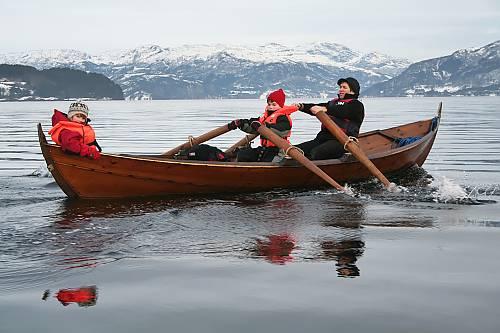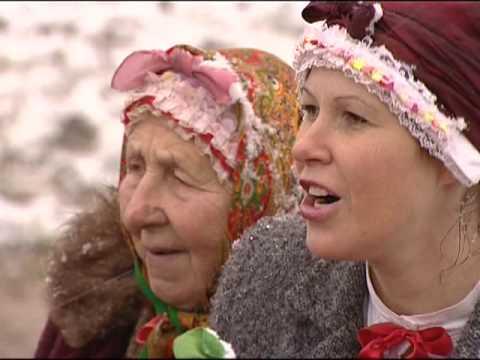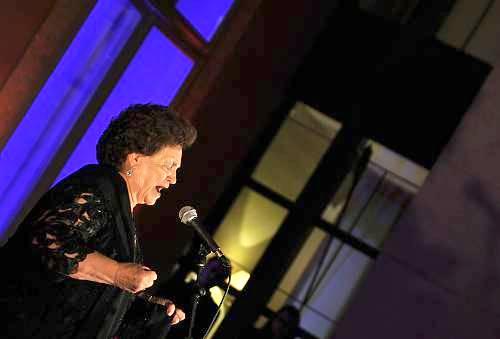The Oselvar boat was selected in 2016 for inscription on UNESCO’s “Register of Good Safeguarding Practices,” part of the effort to maintain traditional learning procedures.
Previously, western Norway’s main method of transportation was the wooden oselvar boat, also used for recreation. The introduction of modern boats in the 1940s, however, as well as government price restrictions, forced builders to find other work. Greater access to better roads also made the building of wooden boats fall into disfavour.





